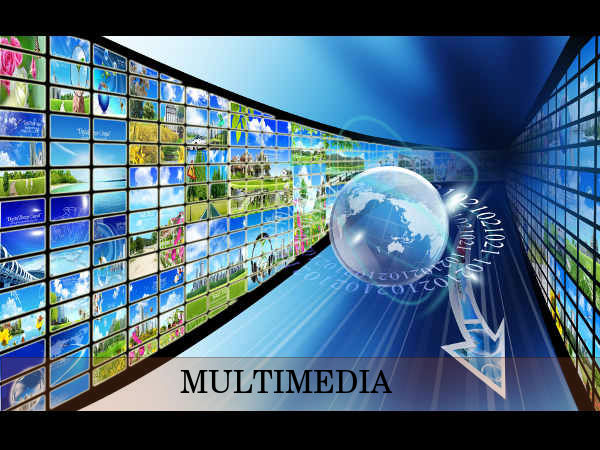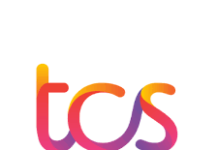Multimedia System : Multimedia System Design In Technology
Multimedia System Design In Technology : A Multimedia System is a system capable of processing multimedia data and applications.
A Multimedia System characterized by the processing, storage, generation, manipulation and rendition of Multimedia information.
Multimedia Document : Multimedia System Design In Technology
A multimedia document is a natural extension of a conventional textual document in the multimedia area.
It defined as a digital document that composed of one or multiple media elements of different types (text, image, video, etc.) as a logically coherent unit.
Multimedia Document Architecture and Structure : Multimedia System Design In Technology
Multimedia document architecture and structure refers to the base data storage system in a multimedia document.
| Data Type | Symbols |
| Binary Numbers | 0 1 |
| Decimal Numbers | 0 1 2 3 4 5 6 7 8 9 |
| English Alphabets | a b c d e f g h I j k l m n o p q r s t u v w x y z |
Symbols may be different for each data type but represents similar information
Multimedia Document Imaging : Multimedia System Design In Technology
Document Imaging means the conversion of paper files (of any size or description) or microfilm / fiche to digital images.
Document imaging is a form of enterprise content management.
Issues of Multimedia System Design : Multimedia System Design In Technology
Bandwidth – capacity of the transfer mechanism. Its between source and destination.
Delay – the time a multimedia unit spends in transmission. Its from source to destination.
Delay Jitter – Variation in delay. Its delivery of data
Loss Probability – the ratio of units of information. That an application can afford to lose.
Digital Representation
Digital representation of multimedia. Which means the digital representation of the multimedia elements.
Digital Audio played. Back through audio player. Speaker, audio card and MP3 Player.
Digital Images displayed in computer monitors. Printed form printers.
Digital Videos played back from Computer Video Players. Portable DVD/Blu-Ray Players in Computer Monitors or TV Screens
Text
Digital Text or e-text is a electronic version of a written text. Digital Text can found on the internet or on your computer or on a variety of hand-held electronic devices.
Text Representation
ANSI. American National Standards Institute
Unicode. Universal Code
UTF-8. Unicode Transformation Format – 8 Unicode Characters
ASCII. American Standard Code for Information Interchange
RTF. Rich Text Format
RTF (Rich Text Format)
The Rich Text Format (often abbreviated RTF) a proprietary document file format with published specification developed by Microsoft Corporation from 1987 until 2008 for cross-platform document interchange with Microsoft products.
Most word processors are able to read and write some versions of RTF.
Digital Image
A digital image is a numeric representation (normally binary). Its of a two-dimensional image.
Depending on whether the image resolution fixed. It may be of vector or raster type.
By itself, the term “digital image” usually refers to raster images. Bitmapped images.
Pixel Bit Depth – 2/4/8/16/32 Bits
Color depth, also known as bit depth, either the number of bits used to indicate the color of a single pixel, in a bitmapped image or video frame buffer, or the number of bits used for each color component of a single pixel
Resolution
Image resolution is the detail an image holds. The term applies to raster digital images, film images, and other types of images.
Higher resolution means more image detail.
Image Representation
In computer graphics, a raster graphics image is a dot matrix data structure representing a generally rectangular grid of pixels, or points of color, viewable via a monitor, paper, or other display medium. Raster images stored in image files with varying formats.
Color
The RGB color model in a computer monitor display that an additive color model in which red, green, and blue light added together in various ways to reproduce a broad array of colors.
Colors represented using Hexadecimal values in computers.
Luminance and Chrominance Components
Luminance is a photometric measure of the luminous intensity per unit area of light travelling in a given direction. It describes the amount of light that passes through, emitted or reflected from a particular area, and falls within a given solid angle.
Chrominance (chroma or C for short) the signal used in video systems to convey the color information of the picture, separately from the accompanying luma signal (or Y for short). Chrominance usually represented as two color-difference components: U = B′ − Y′ (blue − luma) and V = R′ − Y′ (red − luma)
Graphics
Vector graphics is the use of polygons to represent images in computer graphics.
Vector graphics are based on vectors, which lead through locations called control points or nodes.
Pulse Amplitude Modulation
Pulse Amplitude Modulation (PAM) is the simplest form of pulse modulation. This technique transmits data by varying the voltage or power amplitudes of individual pulses in a timed sequence of electromagnetic pulses.
In other words, the data to transmitted encoded in the amplitude of a series of signal pulses.
CLICK HERE To Visit Our Website





